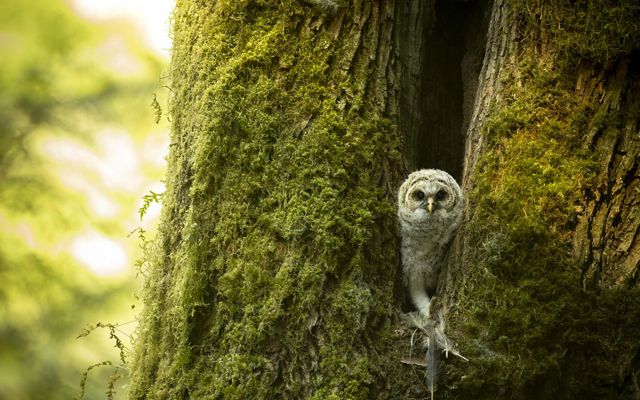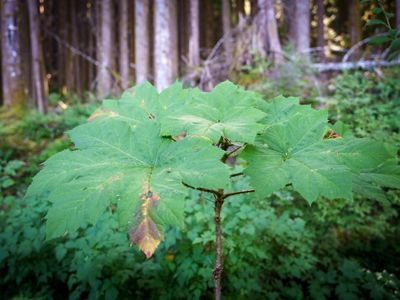New Research Shows Where Forest Restoration in Canada Can Yield Major Benefits for Climate, Nature and Communities
Study led by Nature United highlights where forest restoration can tackle biodiversity loss, while supporting healthy climate and waters
Media Contacts
-
Jacqueline Nunes
Phone: +1 437-291-3287
Email: jacqueline.nunes@natureunited.ca
A study published in One Earth journal indicates where tree-planting offers cost-effective opportunities for mitigation of climate change in Canada — while delivering other regional benefits ranging from the promotion of healthy waters to supporting wildlife habitat. The research shows how restoring the right trees in the right places on historically forested lands can ensure the fullest range of long-term benefits for communities and ecosystems. This research includes public data and an online tool to support governments and land managers across the country when deploying durable regional planting efforts.

“It’s critical that tree-planting — which can provide the most critical climate results within a 2050 timeframe — is done in a way that maximizes benefits for people and nature. This research can help inform local communities and regional tree-planting efforts, by focusing efforts where restoration can address multiple key values,” says Ronnie Drever, Nature United’s Senior Conservation Scientist. “For example, many areas of high tree growth overlap with areas that are home to many species in peril. New forests in these areas can simultaneously achieve climate and biodiversity goals.”
Nature United engaged 14 specialists from 10 institutions with expertise in forest growth, restoration, economics, and successful tree-planting projects, to contribute to the rigour and applicability of this study.
Quote: Shaughn McArthur

Forest restoration can achieve multiple public policy objectives. This research helps decision-makers ensure that resources are used efficiently and for the greatest impact.
Planting a diversity of locally adapted, native trees is crucial to the success of reforestation over the long run, because this approach maximizes carbon storage and resilience to disturbances such as drought, fire or insects. The research documents how a portfolio of sites, each with locally tailored objectives, can provide the best overall outcomes from forest restoration. Highlights include:
An area twice the size of Lake Superior (19.1 million hectares) is potentially available for restoration of forest cover across Canada.
We map where 1.2 million hectares can provide low cost and road-accessible climate mitigation. These high-growth sites are mainly located in coastal areas and rural parts of Maritime Canada.
These areas strongly overlap with opportunities to restore habitat for species at risk.


“Forest restoration can achieve multiple public policy objectives. This research helps decision-makers ensure that resources are used efficiently and for the greatest impact,” notes Shaughn McArthur, Associate Director of Government Relations for Nature United. “It also provides valuable insights into the ways trees can contribute to the recreational, economic, health and social outcomes for Canadians.”
Previous research conducted by Nature United identified forest restoration as the most effective Natural Climate Solution within a thirty-year timeframe, between now and 2050, that can support Canada to address climate change while benefitting rural communities and biodiversity.
Learn more about the findings of the research.
Explore the best places for forest restoration across Canada.
Nature United was founded as a Canadian charity in 2014, building on decades of conservation in Canada. Headquartered in Toronto, our organization has field staff located across the country. Nature United supports Indigenous leadership, sustainable economic development and science and large-scale conservation, primarily in British Columbia, the Northwest Territories and Manitoba. Our organization is also working to accelerate Natural Climate Solutions at national and regional scales. To learn more, visit natureunited.ca or follow us on Linkedin, Instagram and Facebook.
We are the Canadian affiliate of The Nature Conservancy, a global conservation organization with more than a million members and a diverse team that includes more than 400 scientists. Our global organization works in more than 80 countries and territories — either directly or through partnerships — to conserve the lands and waters on which all life depends. To learn more, visit www.nature.org or follow @nature_press.
